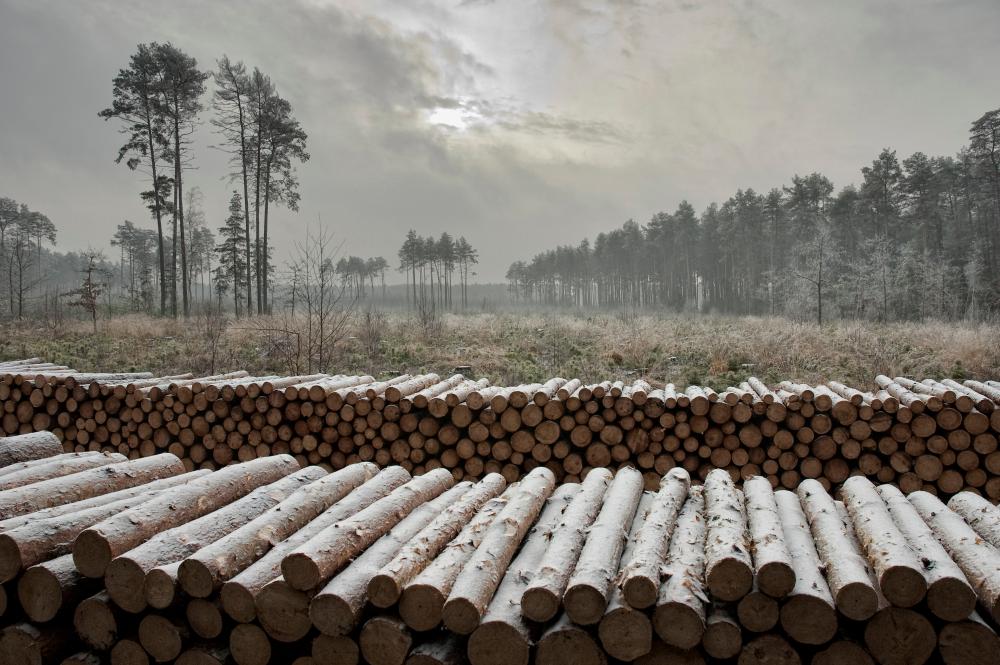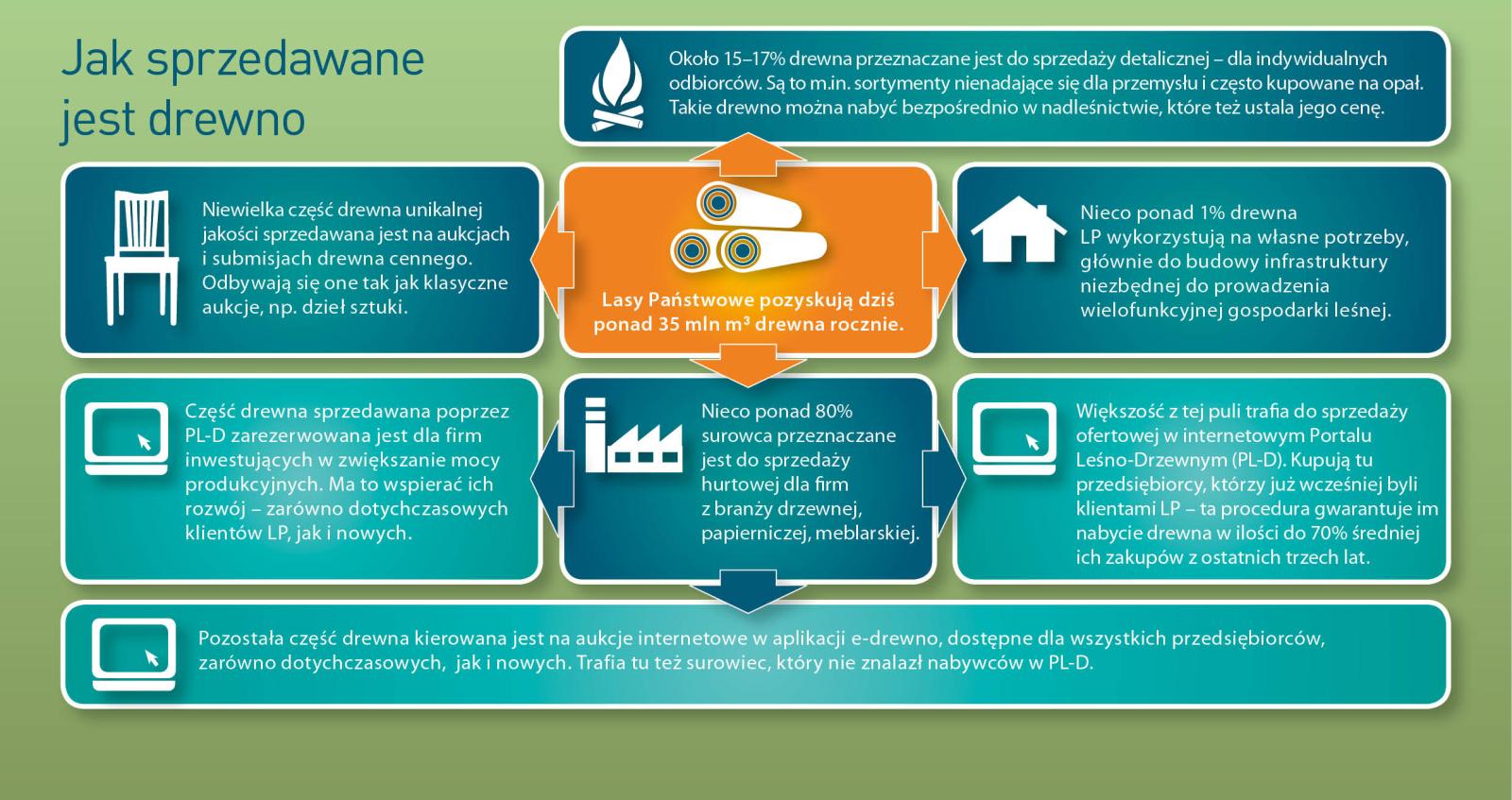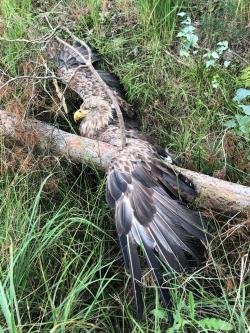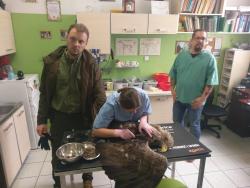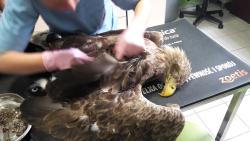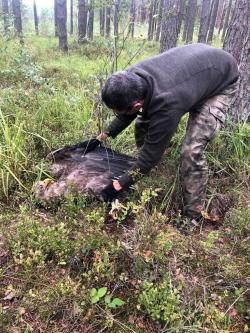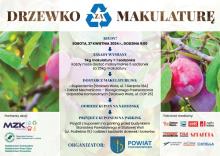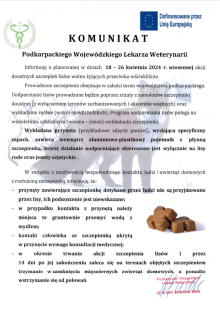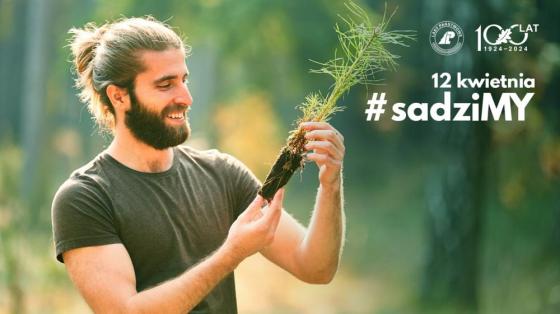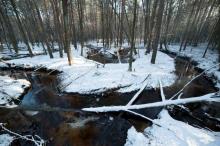 Asset Publisher
Asset Publisher
Sale conditions
Sale conditions of wood are specified by the regulation of Director – General of the Sate Forests.
Within the framework of the individual sale , the foresters try to meet the fast growing demand, because more and more people use wood in order to heat their houses. Contrary to general opinion, these are not only village people, even though they prevail among recipients. The growth of firewood demand is the result of occurrence of new housing estates built in the suburbs of large agglomerations, where houses are usually equipped in fireplace heating installations.
Firewood is not only the most ecological heat source, but also is much more attractive in respect of relation of price and electric efficiency, rather than cola, oil, gas or electric power.
In recent years, the Sate Forests increased the sale of firewood of one third – up to over 4 million cubic meters annually. Firewood is not only the most ecological heat source, but also is much more attractive in respect of relation of price and electric efficiency, rather than cola, oil, gas or electric power. Some of customers choose already prepared and cut into pieces wood, the others very willingly obtain it by themselves after arranging all details and fulfilling particular safety conditions, and after paying the fee; that concerns mainly so called "thinnings". Such a raw material is very cheap, that is why many people from village areas profit from such possibility.
 Asset Publisher
Asset Publisher
Ranny Bielik
Ranny Bielik
Pracownicy Nadleśnictwa Nowa Dęba znaleźli rannego Bielika
We wrześniu w leśnictwie Jadachy pracownicy nadleśnictwa znaleźli rannego bielika, który po złapaniu został przetransportowany do gabinetu lekarza weterynarii w Nowej Dębie. Oględziny pozwoliły stwierdzić, że ptak został postrzelony z broni palnej. Otwór wlotowy znajdował się pod prawym skrzydłem, a wylotowy na piersi. Po wstępnym zaopatrzeniu rany ptak został przetransportowany do Ośrodka Rehabilitacji Zwierząt Chronionych w Przemyślu. Po kilku dniach otrzymaliśmy informację z ośrodka, że bielika jednak nie udało sie uratować.
Metalowa obrączka znajdująca się na lewej nodze bielika, pozwoliła ustalić, że został on zaobrączkowany jako pisklę n gnieździe 27 maja 2001 r. na terenie nadleśnictwa Lubartów.


